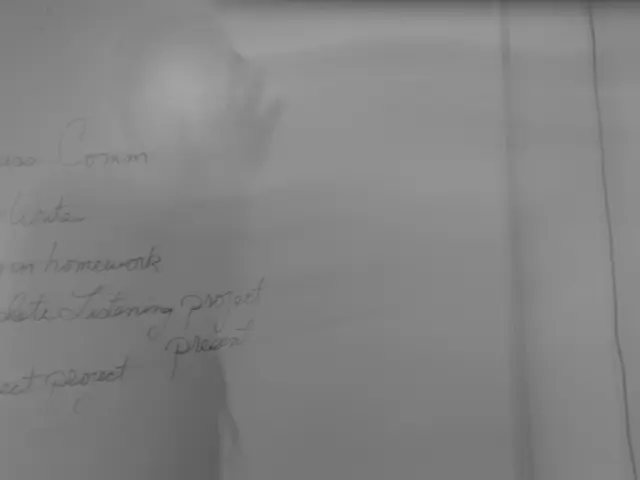Distributing Disjointed Retirement Savings May Imperil Your Financial Prospects
In a world where many people accumulate retirement savings in multiple accounts over time, the importance of organizing these assets cannot be overstated. This process, when approached systematically, unlocks the ability to make confident decisions about when to retire and how to sustain lifestyle.
John D. Davis, the founder and CEO of Legacy Wealth Management based in Lexington, Ky, is among those who advocate for a structured approach to retirement savings. "Fragmented assets may result in unknowingly being invested too conservatively or too aggressively," he warns.
Starting small and not trying to tackle everything at once is advised for those feeling overwhelmed by the process. Taking inventory of all retirement-related accounts, including balances, providers, account types, fees, and investment allocations, is a practical first step. This step not only provides clarity but also addresses issues such as duplication and gaps in the portfolio, which undermine a well-constructed strategy.
Scattered accounts can make it difficult to answer fundamental retirement questions, such as "Am I saving enough?" and "When can I realistically retire?". By organizing these accounts, individuals can gain a clearer picture of their financial standing and make informed decisions.
Seeking guidance from a trusted financial advisor can help bring structure to the process and give greater confidence in the retirement plan. Advisors emphasize thorough planning, transparent communication, and tailored investment strategies.
Disorganized retirement accounts can cause issues in estate planning, leading to delays, unintended distributions, disputes among heirs, and increased complexity for high earners focused on legacy. Outdated beneficiary designations and contact information are common and should be updated to ensure proper distribution of assets.
Consolidating retirement accounts, such as rolling old 401(k)s into a single IRA or current employer's plan, can simplify management and reduce fees. However, this should be considered carefully with potential trade-offs in protections or access.
As of mid-2023, about 25 million U.S. households hold rollover assets from multiple former employers. Building a centralized strategy once accounts are organized allows for alignment of investments with timeline, preparation of tax-efficient drawdown strategies, and planning for major transitions like retiring before 65, covering healthcare costs, or navigating Social Security.
Disorganization can contribute to a potential shortfall in retirement savings, as about half of U.S. households may not be able to maintain their pre-retirement standard of living. By taking practical steps to organize their pension assets, individuals can create clarity and trust for the future.
Read also:
- Trade Disputes Escalate: Trump Imposes Tariffs, India Retaliates; threatened boycott ranges from McDonald's, Coca-Cola to iPhones
- Aquatech purchases Koch's Direct Lithium Extraction business, merging Li-ProTM DLE technology into the PEARLTM Technology Platform.
- Nepal's Journey: Evolution from Street Life to Political Power
- Li Auto faces scrutiny after crash test involving i8 model and a truck manufacturer sparks controversy




